Nostalgia on Tuesday: End of a chapter
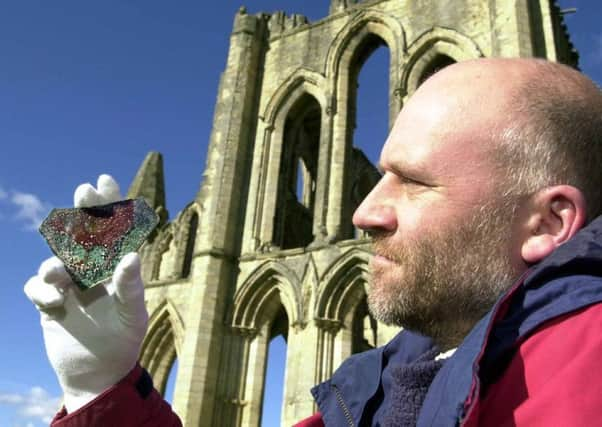

On December 3, 1538, Abbot Blyton and 21 monks gathered there for the last time and ‘voluntarily’ surrendered their magnificent monastery to Henry VIII’s royal commissioners. From 1536 to 1540, 843 religious houses across the UK were closed down.
Breaking with Rome when the Pope refused to annul his marriage, Henry announced himself supreme head, below God, of the Church of England. Initially, in 1536, those monasteries with an annual income of less than £200 were suppressed.
Advertisement
Hide AdAdvertisement
Hide AdFollowing an outbreak of Northern hostility known as the Pilgrimage of Grace, Henry closed all the larger monasteries.
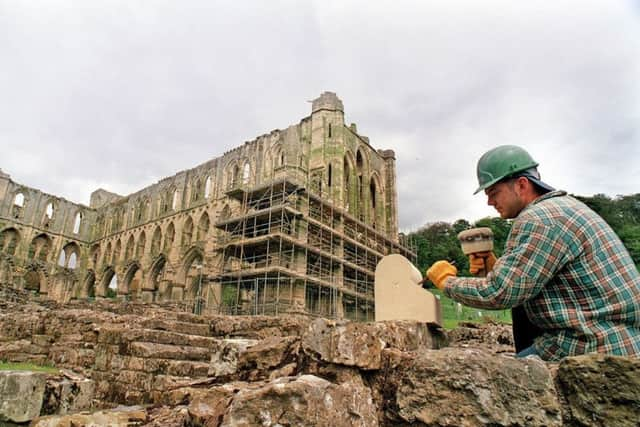

Prior to December 3, 1538, the chapter house – after the church – was the most important building. Daily meetings were held at which the monks heard a chapter from the Rule of St Benedict and discussed business matters.
This year marks 100 years of the Abbey being in public ownership, and many celebratory events are planned. The abbey continues to enjoy swelling visitor numbers. But What is the attraction? Answers fall into several categories: people with an interest in religious history; families wanting a day out; and people interested in old architecture. What about Cistercian monks? They come too, but in small numbers. Some send a birthday card every year to Rievaulx’s most celebrated abbot, Aelred, even though he has been dead for centuries.
Founded in 1132, Rievaulx was the first monastery of the reforming Cistercian order in the North. The first Cistercian settlement was at Waverley in Surrey in 1128.
Advertisement
Hide AdAdvertisement
Hide AdComing over from Clairvaux in Burgundy, the Rivaulx founding party comprised about 10 monks and 20 lay brothers. For their monasteries, the Cistercians chose land in isolated areas for a number of reasons: it was cheap to buy and made it easier to enforce seclusion and strict enclosure. Sheltered and secluded, Rievaulx was erected in a narrow valley, on a plateau at the foot of the hill leading from the Helmsley and Stokesley main road.
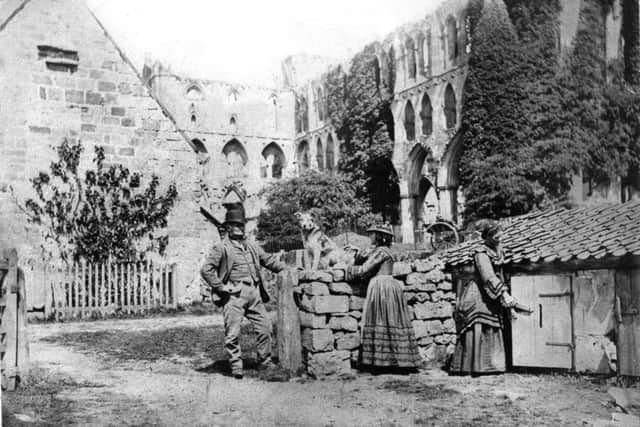

Abbot William, a native of Yorkshire and educated in York, was chosen to lead the new community. The purpose was to establish it as an outpost from which more colonies were to be sent out to claim the North.
Mainly sandstone was used to build the abbey and was quarried within a 10 mile radius of the site. About 90,000 tons of stone came from the Wethercote quarries some six miles north of Rievaulx. For ornamental requirements stone was shipped in from much further afield such as Weardale, County Durham.
By the time of Abbot William’s death in 1145, the population at Rievaulx had exceeded 300. He was responsible for erecting the first buildings in stone as well as using his formidable business and managerial skills to enlarge the abbey’s lands and attract new patrons.
Advertisement
Hide AdAdvertisement
Hide AdThe most influential abbot at Rievaulx was undoubtedly Aelred, who took control from 1147 to 1167. During this time, Rievaulx’s community grew to a staggering 650 men. To accommodate them larger buildings were constructed, making Aelred one of the great builder abbots of the 12th century.
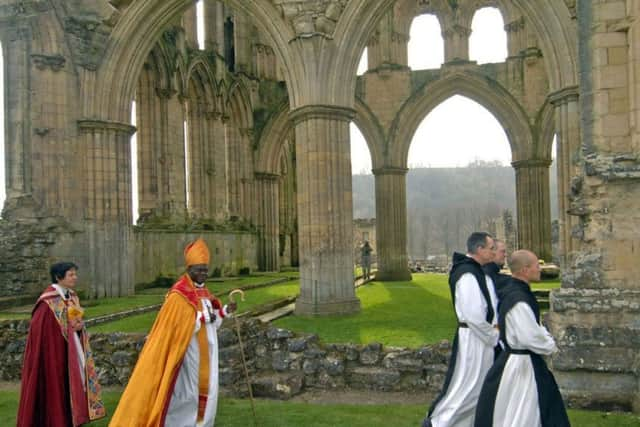

For about three months each year he toured extensively, in demand as preacher, diplomat and conciliator. After his death, on January 12, 1167, Aelred was soon venerated. He enjoyed a reputation as a great writer and some of his books are still studied in the 21st century as exemplars for communal living. None of his successors at Rievaulx were to achieve the same renown and countless visitors from many corners of the world came to a shrine erected in his honour for centuries.
After the death of Aelred, the community was gradually dispersed. By the mid 13th century the Rievaulx population had decreased to just over 300 while additional buildings were constructed and the church extended considerably. The abbey comprised a church; nave; monks’ choir and crossing; north and south transepts; presbytery; chapels; shrine and sanctuary; refectory; chapter house; novices’ room; and latrine block.
A hospital had been established very early in the abbey’s development where monks and lay people from the surrounding areas could receive medical help. Medieval medicine relied on herbal preparations. Simple surgical procedures such as blood-letting were also carried out.
Advertisement
Hide AdAdvertisement
Hide AdDuring the late 13th century the abbey relied heavily on wool from a flock of around 14,000 sheep. An epidemic of murrain or scab hit the livestock to such an extent that it led to bankruptcy and by 1279 King Edward I was forced to intervene with help.
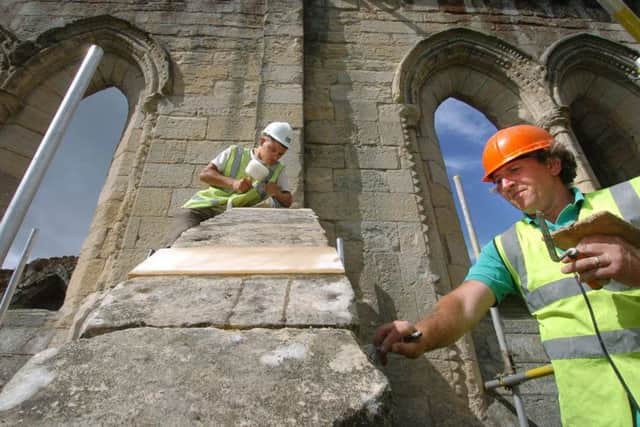

Rievaulx was pillaged after the Battle of Byland in 1322. Edward II abandoned the royal treasure in the abbey and it was seized by the Scots, who also snatched books, chalices and sacred ornaments.
In the mid 14th century the Black Death swept through the North to such an extent that by the 1370s Rievaulx numbered just 15 monks and three lay brothers.
After Rievaulx’s suppression, the estates were sold to Thomas Manners, 1st Earl Rutland (died 1543) and the gradual demolition of the abbey followed, although the King as usual retained most of the roof lead and bells.
Advertisement
Hide AdAdvertisement
Hide AdIn 1917 the Board of Works accepted custody of Rievaulx from the representatives of the Earl of Feversham. In the post-war years the board saw the abbey as the jewel in the crown of its properties, becoming the model of how to present an ancient monument.